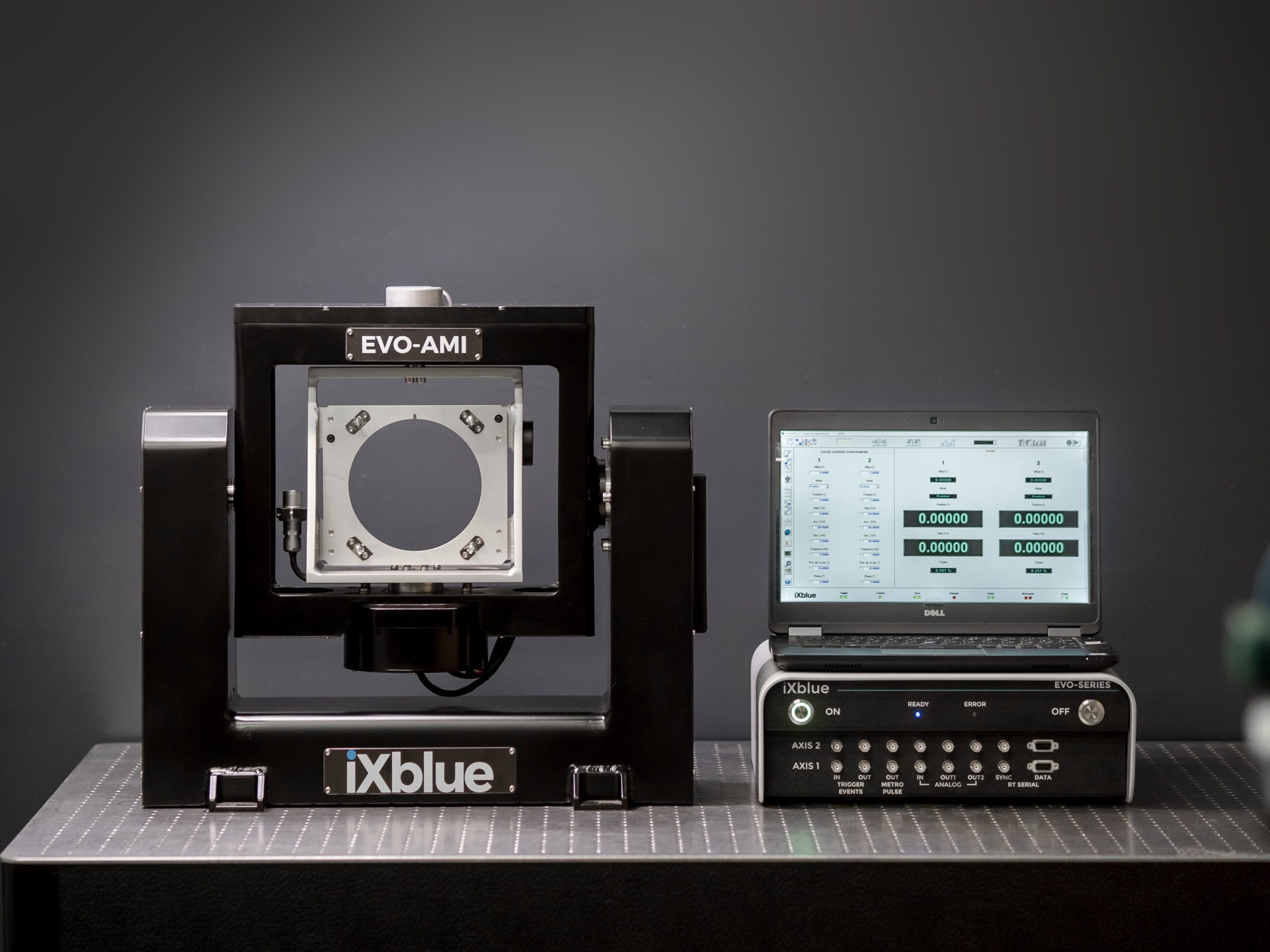The EVO-AMI owes its success to one specific customer, an integrator for a leading army, which has ordered most of the tables sold, in particular for the maintenance of integrated sensors. This year, over 5 tables were ordered by the same customer, exceeding a total of more than 50 EVO-AMI sold.
A great result with this customer, but not only, as the EVO-AMI is triggering the interest of other customers. This is namely the case for manufacturers, integrators, or users of small inertial sensors for whom the table’s performance/price ratio meets their specifications. Universities are also among the first customers of the EVO-AMI and use it for tests on MEMS or for sensors for autonomous vehicles, for example. “The EVO-AMI is an entry-level product allowing small budgets to acquire a test system, and which, thanks to the trend towards sensor miniaturization, is ideally positioned on the market,” adds Nicolas Bernard.
Further opportunities have also emerged from discussions with customers to develop a larger version of the EVO-AMI, suitable for larger sensors, which at the same time could also be used to calibrate the Advans land-based power plant range. In addition, the health crisis has impacted customers’ budgets and those who wanted to invest in larger or more efficient tables could turn to the EVO-AMI or its new larger version with a constrained budget.
Finally, to meet the growing demand from customers and their expectations in terms of lead times, the division has decided to produce these tables in larger batches, which means that a few products are readily available and allows greater responsiveness for customer delivery, a great differentiator for order booking. Contrary to the other tables manufactured in Bonneuil, the EVO-AMI requires little or no adaptation, which makes this organization easier.








